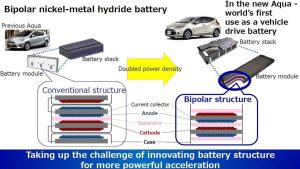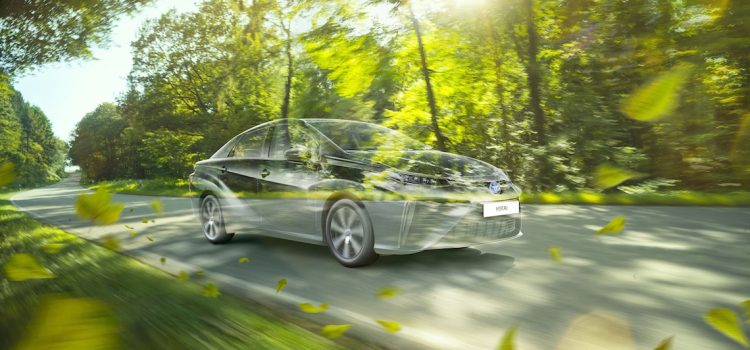
Introduction
As the world grapples with the environmental challenges of the 21st century, sustainability has become more than just a buzzword—it’s a necessity. The automotive industry, in particular, plays a significant role in shaping the planet’s future. Automakers like Toyota are taking the lead in committing to a greener tomorrow, driven by a strong sense of environmental responsibility. In this article, we’ll delve into Toyota’s dedication to reducing its carbon footprint and the potential environmental benefits of the widespread adoption of solid-state batteries. Get ready to explore how Toyota’s commitment is paving the way for a more sustainable and eco-friendly future.
The Imperative of Sustainability
Before we explore the details, let’s take a moment to understand the imperative of sustainability in the modern world.

Toyota’s Pledge to the Environment
Toyota’s commitment to environmental responsibility goes beyond corporate social responsibility—it’s a fundamental principle guiding the company’s actions. Key aspects of Toyota’s environmental pledge include:
1. Solid-State Batteries
Solid-state batteries are a crucial component of Toyota’s environmental commitment. These innovative batteries offer extended ranges, faster charging, and enhanced sustainability, making electric vehicles more practical and appealing.
2. Renewable Energy Integration
To reduce the environmental impact of electric mobility, Toyota is actively integrating renewable energy sources into EV charging infrastructure. Solar, wind, and other sustainable energy solutions are part of the company’s strategy.
3. Reduction of Carbon Footprint
Toyota’s initiatives focus on reducing its carbon footprint throughout the manufacturing, operation, and disposal of vehicles. The company aims to minimize the environmental impact of its products.
Environmental Benefits of Solid-State Batteries
Solid-state batteries are central to Toyota’s environmental vision, and they offer numerous benefits:
1. Reduced Greenhouse Gas Emissions
With extended ranges and reduced charging times, solid-state batteries encourage the widespread adoption of electric vehicles. This transition significantly reduces greenhouse gas emissions, mitigating the effects of climate change.
2. Lower Energy Consumption
The enhanced efficiency of solid-state batteries leads to lower energy consumption, contributing to a greener and more sustainable future.
3. Enhanced Battery Lifecycle
Solid-state batteries extend the lifecycle of batteries, reducing the need for frequent replacements. This results in less waste and fewer resources used in battery production.
Toyota’s Environmental Initiatives in Action
Toyota’s commitment to a greener tomorrow is more than words—it’s actions in motion.
1. Investment in Innovation
The company’s investment in innovation is evident through its dedication to advanced battery technology and sustainable energy integration.
2. Global Expansion
Toyota’s environmental initiatives are not confined to one region; they are part of a global expansion. The company is actively working to make sustainable transportation solutions accessible worldwide.
3. Corporate Responsibility
Sustainability is a core value of Toyota’s corporate responsibility. The company’s actions align with its vision of a more sustainable and eco-friendly future.

Conclusion
Toyota’s commitment to environmental responsibility is steering the automotive industry toward a greener and more sustainable future. With the adoption of solid-state batteries and the integration of renewable energy sources, the company is making electric mobility more practical, convenient, and environmentally friendly.
The future promises a world where electric vehicles equipped with solid-state batteries and powered by renewable energy sources are not just a choice but a smart, convenient, and environmentally responsible way of moving forward. Toyota’s dedication to reducing its carbon footprint and promoting sustainability is a pivotal step toward building a more sustainable and eco-friendly tomorrow.










